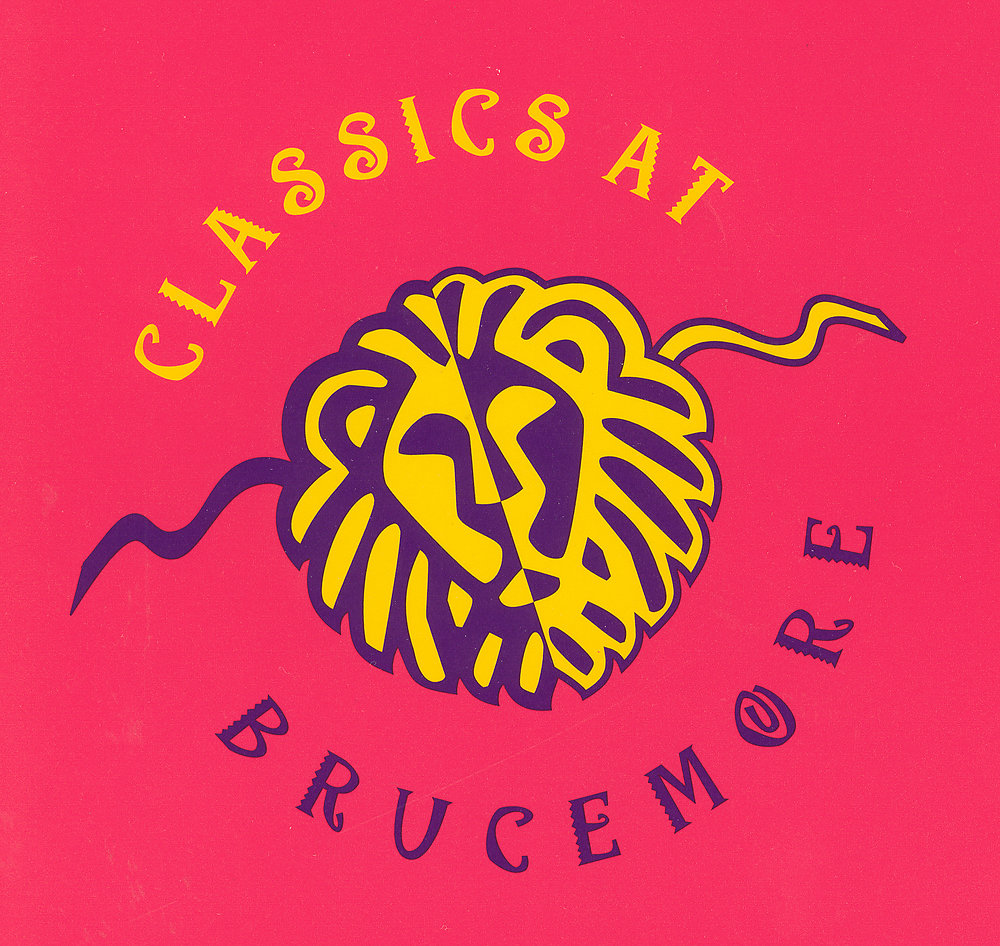
Of Mice and Men by John Steinbeck
Produced by Brucemore
Artistic Direction by Jason Alberty
Auditions: Sunday, March 24 at 6:30 PM or Monday, March 25 at 6:30 PM
Callbacks (as needed): Tuesday, March 26 at 6:30 PM
Location: Visitor Center in the old Carriage House at Brucemore (2160 Linden Dr. SE, Cedar Rapids, IA 52403)
Process: Sides are provided here. Auditions will be open and involve group work. Callbacks for specific roles will be announced the morning of March 26 on Brucemore’s website and Facebook page.
Please arrive promptly to check-in and to fill out an audition form. Be prepared to state potential rehearsal conflicts. You need only attend one night of auditions, and callbacks if requested.
Summary: Two drifters, George and his friend Lennie, with delusions of living off the “fat of the land,” have just arrived at a ranch to work for enough money to buy their own place. Lennie is a man-child, a little boy in the body of a dangerously powerful man. It’s Lennie’s obsessions with things soft and cuddly, that have made George cautious about with whom the gentle giant, with his brute strength, associates. His promise to allow Lennie to “tend to the rabbits” on their future land keeps Lennie calm, amidst distractions, as the overgrown child needs constant reassurance. But when a ranch boss’ promiscuous wife is found dead in the barn with a broken neck, it’s obvious that Lennie, albeit accidentally, killed her. George, now worried about his own safety, knows exactly where Lennie has gone to hide, and he meets him there. Realizing they can’t run away anymore, George is faced with a moral question: how should he deal with Lennie before the ranchers find him and take matters into their own hands.
|
CHARACTER DESCRIPTIONS The characters are listed in the order they will be auditioned. Script sides are available here. Actors should audition for roles in which they feel they can portray the character regardless of age. Note that the play has offensive language, touching upon prejudice and racism during the Depression era of the 1930s. It is highly recommended that actors read the play or novel prior to auditions. |
|
|
Curley’s Wife |
Female, Supporting |
|
Young, approximate age to Curly. The only female character in the play, she is the symbol of temptation and beauty in a place completely dominated by men. Lennie is mesmerized by her. A new bride, she is lonely and bored. |
|
|
Crooks |
Male, Supporting |
|
African-American, 30s-60 years old – A cynical stable hand, Crooks gets his name from his crooked back. His bitterness and loneliness stems from prejudice and from being shunned. He is segregated from the other ranch hands and made to bunk separately. |
|
|
George Milton |
Male, Lead |
|
30s-40s years old – George, ranch hand and migrant worker, dreams of a better future with his best friend Lennie, of whom he is highly protective and unofficial guardian. Regularly down on their luck, they dream of owning farmland together. |
|
|
Lennie Small |
Male, Lead |
|
30s-40s years old – Lennie is completely reliant on George for guidance and protection, holding George as a father- and brother- like figure. Physically imposing and mentally disabled, Lennie is clumsy, gentle and kind, but doesn’t understand his own physical strength. |
|
|
Slim |
Male, Supporting |
|
30s-50s years old – Referred to the “prince of the ranch,” Slim is well-respected, strong and confident, a natural leader. He is the only character that understands the bond between George and Lennie. |
|
|
Boss |
Male, Featured |
|
late 30s-40s years old – He is in charge of the ranch, and is stern and fair. He is also Curly’s father. Has only one scene. |
|
|
Curley |
Male, Supporting |
|
20s – Antagonistic character that is insecure, yet arrogant. Picks on Lennie. Newly married, he is jealous and has a short fuse. Must be physically smaller than Lennie. |
|
|
Carlson |
Male, Supporting |
|
30s-50 years old – A ranch hand, Carlson is simple man who enjoys simple pleasures, has little sympathy for Candy, and constantly complains about Candy’s old dog, eventually convincing him to take the dog out back and put it out of its misery. |
|
Key Dates:
- Meeting with Artistic Director: TBD, April
- First Read/Orientaiton: TBD, mid-May
- Rehearsals: Begin mid-May, including weeknights (6:30 – 10:00 p.m.) with potential for some reherasals to be scheduled on weekends.
- Tech Reherasals: July 8 – 9
- Limited Preview: July 10
- Performances: July 11 – 13 and 18 – 20 (July 21 will be a make-up performance should the July 20 performance be canceled prior to intermission)
- Strike: July 20 or 21 (following final performance)
About Classics at Brucemore: The Classics at Brucemore began as a collaboration in 1996, launching outdoor theater in Eastern Iowa, and today continues as signature Brucemore production. The Classics celebrates a rich history of quality live theater, ranging from Greek tragedy to Shakespearean comedy and 20th century American drama. Much more than a play performed outdoors, the Classics fully utilizes the natural site of the Peggy Boyle Whitworth Amphitheater. By taking advantage of the environment, actors emerge from the woods, utilize the trees and foliage, and help themselves to picnics in the audience space. Brucemore, a National Trust Historic Site and cultural hub, is a privately owned, locally operated 501(c)3 non-profit with a mission to engage the public in the history, traditions, resources, and on-going preservation of Brucemore for the enrichment of the community.
If you have any questions about the series, audition process, or requirements, please contact:
Melissa Porter
Museum Program Manager
Brucemore, Inc.
mporter@brucemore.org
Jason Alberty
Artistic Director
2019 Classics at Brucemore
Jason@albercainty.com